Great Silk Road have tourist significance
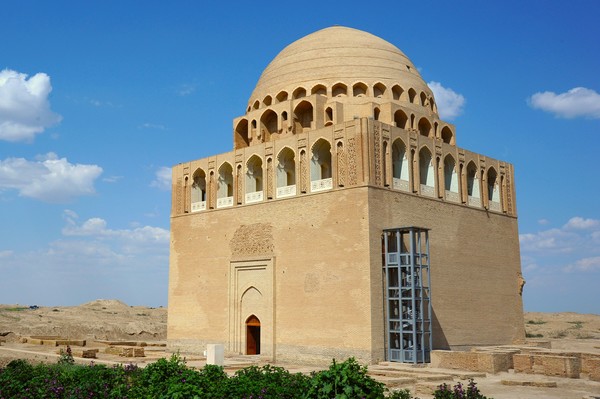
[아츠앤컬쳐] 투르크메니스탄은 안정된 새 시대에 부흥기를 맞아 세르다르 베르디무하메도프 제3대 대통령 아래 관광 사업도 개선, 발전하고 있다. 투르크메니스탄의 관광 가치 중에서 역사적, 문화적 유적은 특별한 위치를 차지하는데, 나라 전역에 오랜 역사에 뿌리를 둔 수많은 건축 유적이 발전된 문화의 존재를 증명한다.
그 중에는 고대 도시, 성채, 중세 시대의 아름다운 건물, 모스크, 대학교, 여관 등 수많은 유적지가 보존되어 있어, 숙련된 장인, 건축가, 목수의 뛰어난 예술성과 함께 투르크멘 민족의 오랜 역사와 창조 정신을 담은 귀중하고 독창적인 문화를 보여주고 있다.
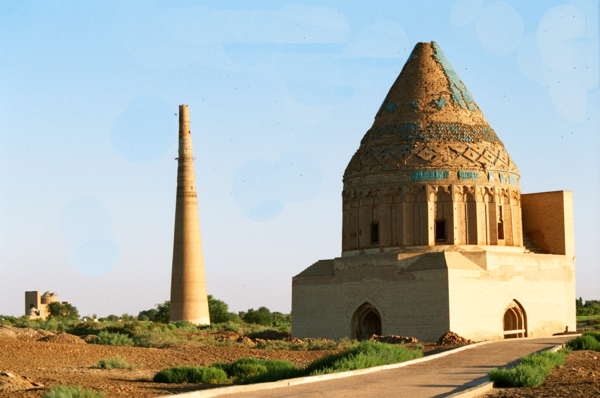
이와 같은 투르크메니스탄 정부의 문화유산 연구와 대중화에 대한 노력으로 전 세계 여행자들이 투르크메니스탄의 역사적 건축 유적지에 관심이 커짐에 따라 니사, 사라흐스, 아물, 고대 메르브, 데히스탄, 아비베르드 등 실크로드에 위치한 유적지의 중요성이 높아졌다. 이러한 유적지들로의 여행은 관광객의 증가와 함께 투르크멘의 자랑스러운 역사에 대한 더 큰 존중을 불러일으킨다.
아름다운 우리나라의 실크로드 유적지들은 국내외 여행자들에게 큰 관심을 끌고 있다. 고대와 중세 시대에 투르크메니스탄은 실크로드의 중심에 위치해 동서양을 잇는 다리 역할을 해왔다. 외국 캐러밴들은 실크로드를 통해 아물, 호레즘, 고대 메르브, 아비베르드, 니사, 데히스탄 지역의 국경에 이르러, 이곳의 큰 시장에서 무역을 하며 경제적 번영을 이루고 형제애 관계 구축을 위한 여건을 조성했다.
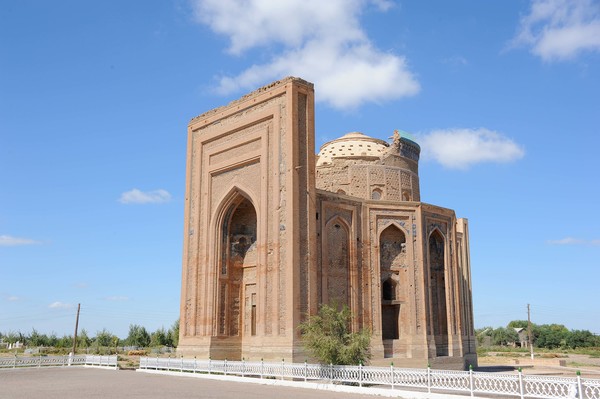
투르크메니스탄을 방문하는 여행자들에게 특히 깊은 인상을 주는 유적으로는 고대 메르브의 솔탄 산자르 영묘, 기즈갈라 대궁전과 소궁전, 사라흐스의 아불 파즐 영묘, 아비베르드의 아부 세이드 영묘, 고대 니사 유적, 코뉴르겐치의 테케쉬, 일아르슬란, 투레벡 하늄 영묘, 아네우 모스크 등의 건축물 구조와 장식을 예로 들 수 있다.
위대한 실크로드의 중요성에 관한 역사적 자료에 따르면 주로 중국에서 실크 직물을 가져왔으며, 그 외에도 다양한 상품이 무역 시장으로 유입되었다고 언급되어 있다.
투르크메니스탄의 국가 지도자이자 인민위원회 의장 아르카다그는 그의 저서 <투르크메니스탄 - 위대한 실크로드의 심장>에서 조국의 영광스러운 역사 속에 깊이 뿌리 박힌 역사적·문화적 기념물의 가치와 중요성에 대해 언급하고 있다.
고대와 중세 시대에 위대한 실크로드는 물질적, 문화적, 정신적 유산의 발전을 이루며, 국가 간의 외교 관계를 수립하고, 무역 및 경제적 유대관계 구축에 있어 동서양을 연결하는 중요한 도로로서 매우 중요하게 인식되었음을 알 수 있다.
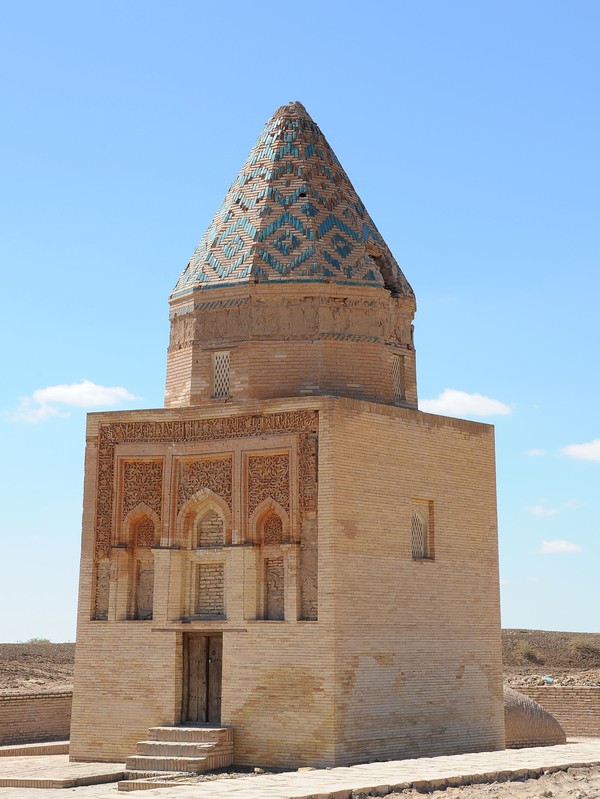
Great Silk Road have tourist significance
During the revival of a new era of a stable state, the tourism system of Turkmenistan is developing and improving through the tireless efforts of the Honorary President of Turkmenistan Serdar Berdimuhamedov. Among the tourist values of Turkmenistan, our historical and cultural monuments occupy a special place. In all parts of the country, there are a number of architectural monuments rooted in deep layers of history.
They testify to the existence of developed cultures in the country. Numerous monuments of the past have been preserved on the territory of the country - ancient cities, castles, mosques, madrassas, caravanserais with beautiful medieval buildings. They have absorbed the wonderful art of craftsmen, builders, carpenters. This is a thousand-year-old precious culture of the Turkmen people and their ancestors, an indelible history of creativity and inventiveness of the people.
As a result of the great work of the Honorary Hero-President in studying our cultural heritage and popularizing it among tourists from all over the world, interest in our historical and architectural monuments is growing. Our monuments located along the Great Silk Road, such as Nisa, Sarahs, Amul, ancient Merv, Dehistan and Abiverd are of great value. Organized tours to these monuments attract more and more tourists and increase understanding of our proud history.
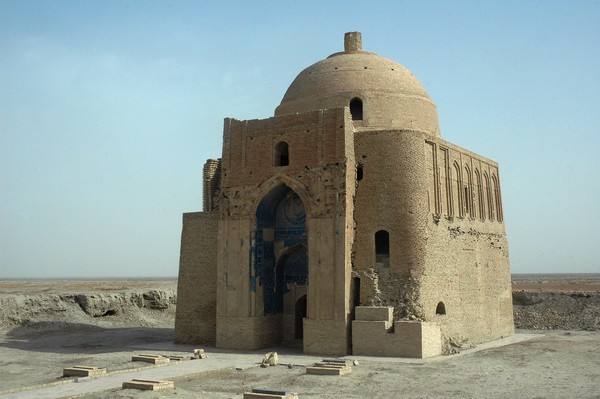
Historical monuments located along the Great Silk Road in our beautiful country are of great interest to local and foreign tourists. In early and medieval times, Turkmenistan was at the crossroads of the Great Silk Road and was a bridge connecting the East and the West. Caravans returning from abroad reached the borders of ancient Amul, Horezm, Merv, Abiverd, Nisa, Dehistan along the Great Silk Road. There are large bazaars in these cities located on the territory of Turkmenistan, and trade relations have been established there. Trade relations established in the cities of the Great Silk Road created conditions for the economic well-being of the people and the establishment of fraternal relations.
Historical and architectural monuments of Amul, Horezm, ancient Merv, Abiverd, Nisa, Dehistan, their structure and ornamental decoration make a great impression on tourists visiting our country. Particularly impressive are the design features of the Sultan Sanjar Mausoleum in Ancient Merv, the Great and Small Palaces of Gyzgala, the Abul Fazl Mausoleum in Sarahs, the Abu Seyid Mausoleum in Abiverd, the old monument of Nisa, the Tekesh, Ilarslan, Torebeg Hanum Mausoleums in Koneurgench, and the mosque in Anau.
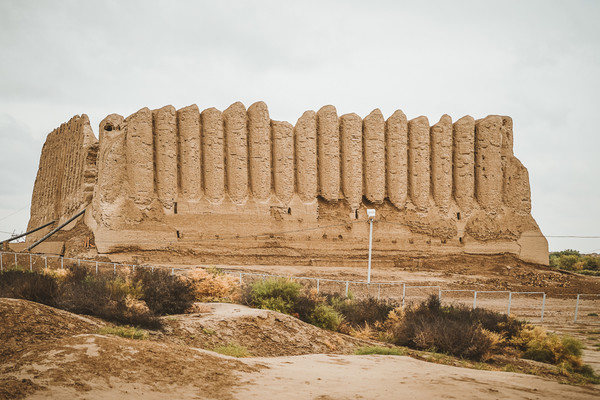
According to the information given in historical sources about the significance of the Great Silk Road, it is mentioned that mainly silk fabrics were brought from China, in addition, various goods were brought to the trade markets.
The National Leader of Turkmenistan, Chairman of the People's Council of Turkmenistan Hero Arkadag in his work "Turkmenistan - the heart of the Great Silk Road" mentions the value of our historical and cultural monuments: which are rooted in the depths of the great history of our Motherland.
Because in ancient times and in the Middle Ages, the Great Silk Road was an important road connecting the East and the West in improving material and cultural-spiritual resources, the culture of peoples, establishing mutual diplomatic relations between states, trade and economic ties.
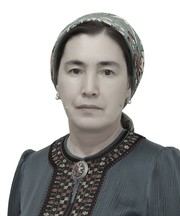
Orazgozel Utomysheva
Senior Lecturer,
Department of Social Sciences,
Faculty of Applied Arts,
State Academy of Arts of Turkmenistan

